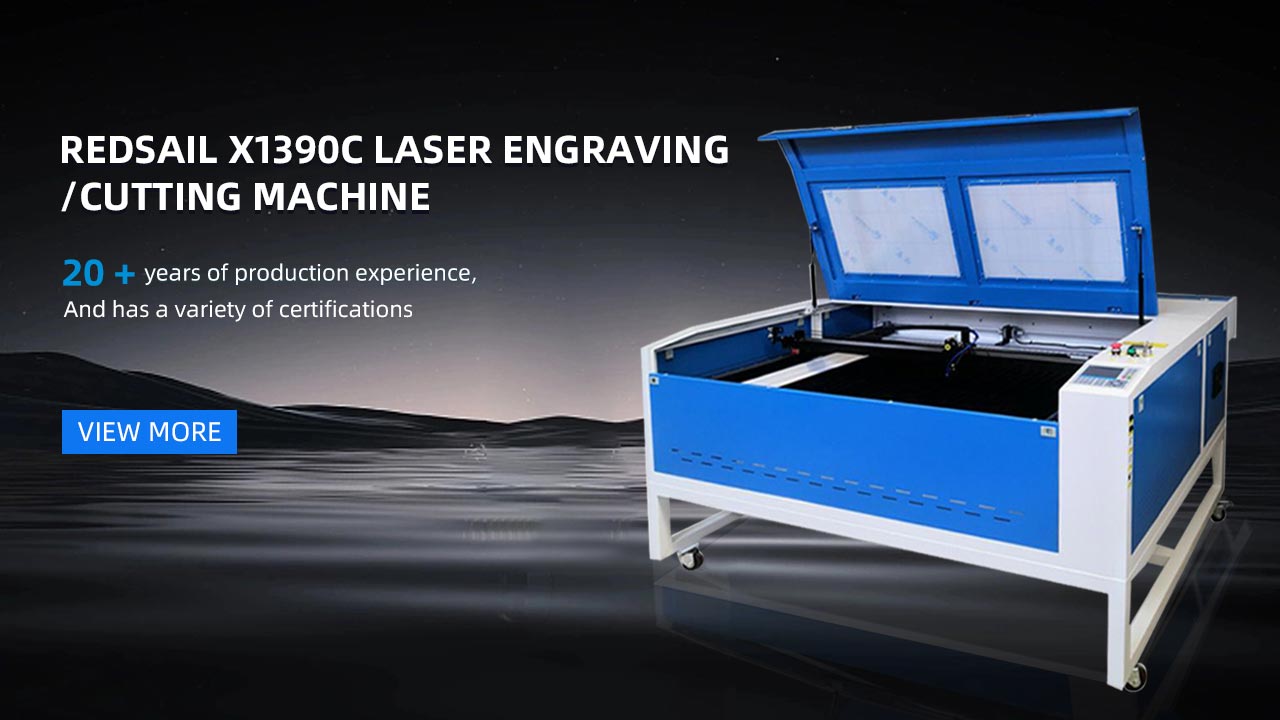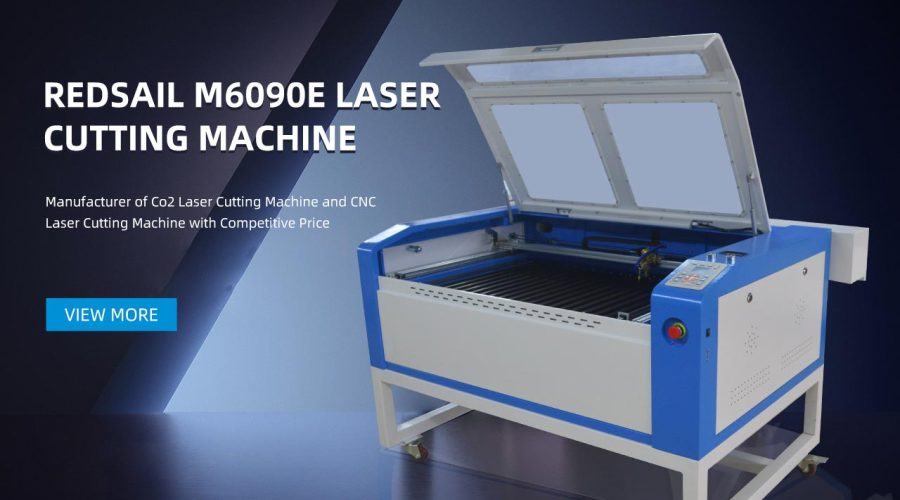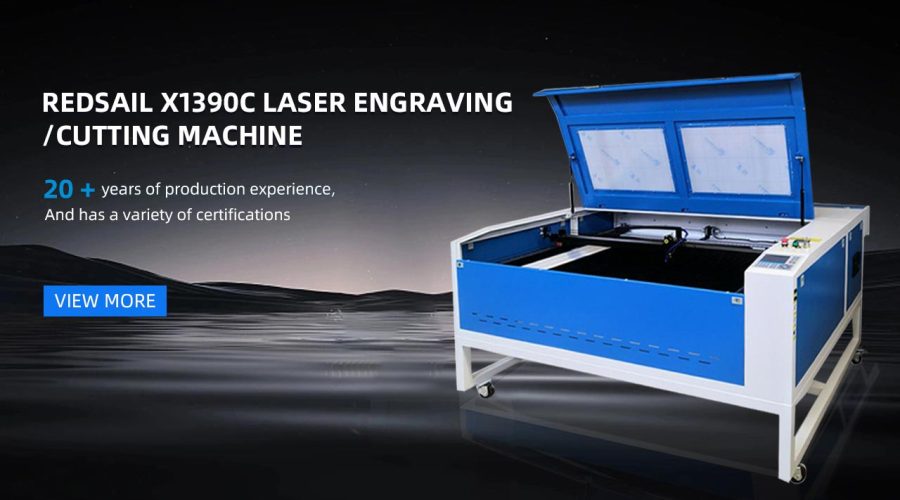Can CO2 Lasers Efficiently Cut Through Metal?
Introduction
CO2 lasers have been widely used in various industries for cutting and engraving applications. These lasers emit a beam of infrared light with a wavelength of 10.6 micrometers, which is highly absorbed by most materials, including metals. But can CO2 lasers efficiently cut through metal? Let’s delve deeper into the topic to find out.
How Do CO2 Lasers Work?
CO2 lasers are created using a mixture of carbon dioxide gas, nitrogen gas, and helium. Electric current is then passed through the gas mixture, causing the molecules to vibrate and producing a laser beam. This laser beam is focused onto the workpiece, delivering a high concentration of energy in a small spot.
Why Are CO2 Lasers Suitable for Metal Cutting?
The properties of CO2 laser beams make them well-suited for metal cutting:
1. High power: CO2 lasers can generate high power levels that make them capable of cutting through thick metal sheets.
2. Low divergence: CO2 laser beams have low divergence, meaning they stay concentrated over longer distances, allowing for efficient energy delivery and precise cutting.
3. Infrared wavelength: The wavelength emitted by CO2 lasers (10.6 micrometers) is highly absorbed by most metals, resulting in efficient energy transfer and effective cutting.
4. Non-contact cutting: CO2 lasers cut through metal without making physical contact, reducing the risk of material damage and leaving clean edges.
Factors Influencing Metal Cutting Efficiency
Several factors affect the efficiency of metal cutting using CO2 lasers:
1. Power level: Higher laser power levels allow for faster and deeper cuts through metal.
2. Spot size: Smaller spot sizes facilitate higher cutting resolution and increased precision.
3. Cutting speed: The speed at which the laser moves across the metal surface affects the cutting quality, energy absorption, and overall efficiency.
4. Material type and thickness: Different metals have varying thermal conductivity and melting points, which can influence the efficiency of cutting.
CO2 Laser Cutting Applications in Metal Industries
CO2 lasers are extensively used in metal industries due to their efficiency and versatility in cutting various types of metal. Some common applications include:
1. Sheet metal fabrication: CO2 lasers can precisely cut intricate patterns and shapes into metal sheets used in manufacturing processes.
2. Automotive industry: CO2 lasers are used to cut and shape components for automobiles, such as chassis, body panels, and exhaust pipes.
3. Aerospace sector: CO2 lasers offer precise and clean cutting of metals used in aircraft manufacturing, such as aluminum alloys and titanium.
4. Jewelry making: CO2 lasers enable detailed metal cutting for creating customized jewelry designs.
FAQs
1. Can CO2 lasers cut through any type of metal?
CO2 lasers can cut through a wide range of metals, including steel, stainless steel, aluminum, brass, copper, and more. However, the cutting efficiency may vary depending on the metal’s thickness, composition, and other factors.
2. What is the maximum metal thickness a CO2 laser can cut through?
The maximum metal thickness a CO2 laser can cut through depends on the laser’s power level. Higher power lasers can cut through thicker metals, typically ranging from a few millimeters to several centimeters.
3. Are CO2 lasers cost-effective for metal cutting?
CO2 lasers are generally considered cost-effective for metal cutting due to their efficiency, high cutting speed, and ability to process a wide range of metals. However, the initial investment cost for a CO2 laser system can be significant, depending on the power and features required.
4. Are there any limitations to CO2 laser cutting?
CO2 laser cutting has few limitations, but it may not be suitable for some specialized metal cutting applications, such as highly reflective metals like copper or certain alloys. Additionally, intricate designs with smaller details may require additional post-processing or alternative cutting methods.
5. How can I maximize the efficiency of CO2 laser cutting?
To maximize the efficiency of CO2 laser cutting, consider optimizing the laser power level, spot size, cutting speed, and focal length based on the specific metal and thickness being cut. Regular maintenance of the laser system, including cleaning and alignment, is also essential to ensure optimal performance.
Conclusion
CO2 lasers have proven to be efficient tools for cutting through metal due to their high power, low divergence, and infrared wavelength. With their wide range of applications in various industries, CO2 lasers continue to be a popular choice for precision metal cutting and fabrication processes.





